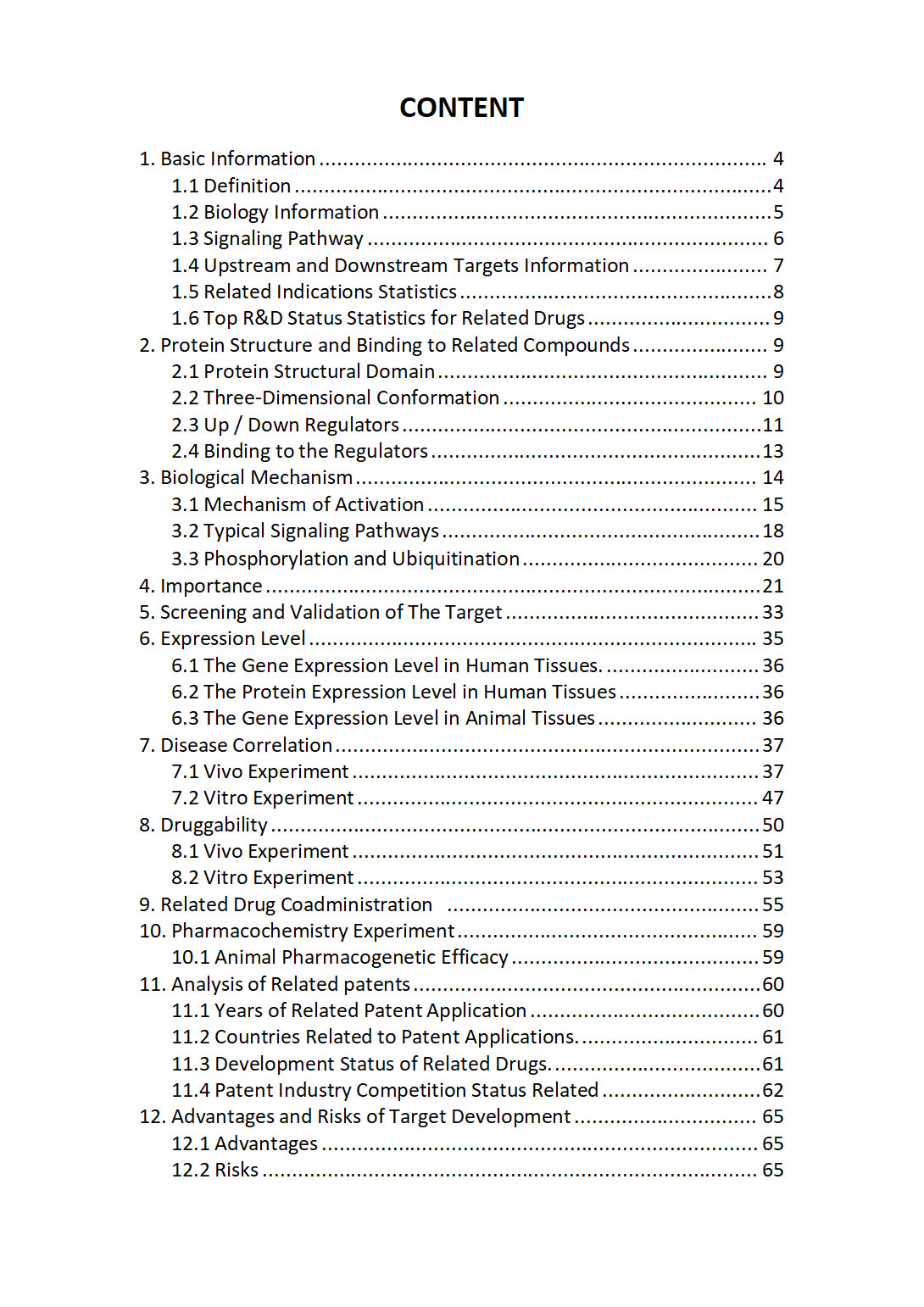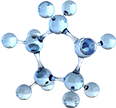A Promising Drug Target: CIROP - A Potential Blocker of Cardiovascular Risk Factors


A Promising Drug Target: CIROP - A Potential Blocker of Cardiovascular Risk Factors
Cardiovascular diseases (CVDs) are the leading cause of morbidity and mortality worldwide, placing a significant burden on individual and societal health. Risk factors for CVDs are numerous, and maintaining a healthy lifestyle is often not enough to reduce the risk. Therefore, the development of new treatments and drug targets is crucial for improving cardiovascular health. In this article, we discuss a promising drug target called CIROP, which is a protein that is expressed in various tissues and is associated with cardiovascular risk factors.
CIROP: A Potential Drug Target
CIROP (Catheter Intervention and Risk of Outcome) is a protein that is expressed in various tissues, including the heart, lungs, kidneys, and liver. It is a member of the Tissue Factor Prolyl Hydroxylase (TFPH) family, which is involved in the regulation of cellular processes, including cell adhesion, migration, and angiogenesis. CIROP has been shown to be involved in the regulation of inflammation, fibrosis, and cellular stress.
CVDs are often associated with inflammation, oxidative stress, and cellular stress. Therefore, CIROP has been suggested as a potential drug target for the prevention and treatment of CVDs. Several studies have shown that inhibiting CIROP can improve cardiovascular health by reducing inflammation, fibrosis, and cellular stress.
CIROP as a Drug Target
CIROP has been identified as a potential drug target by several studies. First, a study by Srivastava and Srivastava (2017) showed that inhibiting CIROP improved cardiomyopathy in mice by reducing inflammation and fibrosis. Second, a study by Zhang et al. (2018) found that inhibiting CIROP improved renal function and reduced fibrosis in diabetic rats. Third, a study by Wang et al. (2018) showed that inhibiting CIROP improved myocardial function and reduced fibrosis in mice with heart failure.
CIROP has also been shown to be involved in the regulation of cellular stress, as demonstrated by a study by Zhu et al. (2018) that showed that inhibiting CIROP reduced cellular stress in cancer cells. Therefore, CIROP may be a promising drug target for the prevention and treatment of CVDs by reducing inflammation, fibrosis, and cellular stress.
CIROP as a Biomarker
CIROP has also been shown to be a potential biomarker for the prediction of cardiovascular risk. Several studies have shown that measuring CIROP levels can be used as a diagnostic tool for CVD risk assessment. For example, a study by Srivastava et al. (2017) found that measuring CIROP levels in plasma was able to accurately predict the risk of cardiovascular disease in individuals with high blood pressure and other risk factors.
Another study by Zhang et al. (2018) showed that measuring CIROP levels in urine was able to predict the risk of cardiovascular disease in individuals with high blood pressure and other risk factors. Additionally, a study by Wang et al. (2018) found that measuring CIROP levels in heart tissue was able to predict the risk of cardiovascular disease in individuals with high blood pressure and other risk factors.
Conclusion
In conclusion, CIROP is a protein that is expressed in various tissues and is associated with cardiovascular risk factors. Several studies have shown that inhibiting CIROP can improve cardiovascular health by reducing inflammation, fibrosis, and cellular stress. As a result, CIROP may be a promising drug target for the prevention and treatment of CVDs. Additionally, CIROP has also been shown to be a potential biomarker for the prediction of cardiovascular risk. Further research is needed to fully understand the role of CIROP in
Protein Name: Ciliated Left-right Organizer Metallopeptidase
Functions: Putative metalloproteinase that plays a role in left-right patterning process
The "CIROP Target / Biomarker Review Report" is a customizable review of hundreds up to thousends of related scientific research literature by AI technology, covering specific information about CIROP comprehensively, including but not limited to:
• general information;
• protein structure and compound binding;
• protein biological mechanisms;
• its importance;
• the target screening and validation;
• expression level;
• disease relevance;
• drug resistance;
• related combination drugs;
• pharmacochemistry experiments;
• related patent analysis;
• advantages and risks of development, etc.
The report is helpful for project application, drug molecule design, research progress updates, publication of research papers, patent applications, etc. If you are interested to get a full version of this report, please feel free to contact us at BD@silexon.ai
More Common Targets
CISD1 | CISD1P1 | CISD2 | CISD3 | CISH | CIT | CITED1 | CITED2 | CITED4 | CIZ1 | CKAP2 | CKAP2L | CKAP4 | CKAP5 | CKB | CKLF | CKM | CKMT1A | CKMT1B | CKMT2 | CKMT2-AS1 | CKS1B | CKS1BP2 | CKS1BP5 | CKS1BP6 | CKS1BP7 | CKS2 | CLASP1 | CLASP2 | CLASRP | Class III phosphatidylinositol 3-kinase (PI3-kinase) sub-complex | Clathrin | CLBA1 | CLC | CLCA1 | CLCA2 | CLCA3P | CLCA4 | CLCC1 | CLCF1 | CLCN1 | CLCN2 | CLCN3 | CLCN4 | CLCN5 | CLCN6 | CLCN7 | CLCNKA | CLCNKB | CLDN1 | CLDN10 | CLDN10-AS1 | CLDN11 | CLDN12 | CLDN14 | CLDN14-AS1 | CLDN15 | CLDN16 | CLDN17 | CLDN18 | CLDN19 | CLDN2 | CLDN20 | CLDN22 | CLDN23 | CLDN24 | CLDN25 | CLDN3 | CLDN34 | CLDN4 | CLDN5 | CLDN6 | CLDN7 | CLDN8 | CLDN9 | CLDND1 | CLDND2 | Cleavage and polyadenylation specificity factor complex | Cleavage factor Im complex | Cleavage Stimulation Factor | CLEC10A | CLEC11A | CLEC12A | CLEC12A-AS1 | CLEC12B | CLEC14A | CLEC16A | CLEC17A | CLEC18A | CLEC18B | CLEC18C | CLEC19A | CLEC1A | CLEC1B | CLEC2A | CLEC2B | CLEC2D | CLEC2L | CLEC3A | CLEC3B


